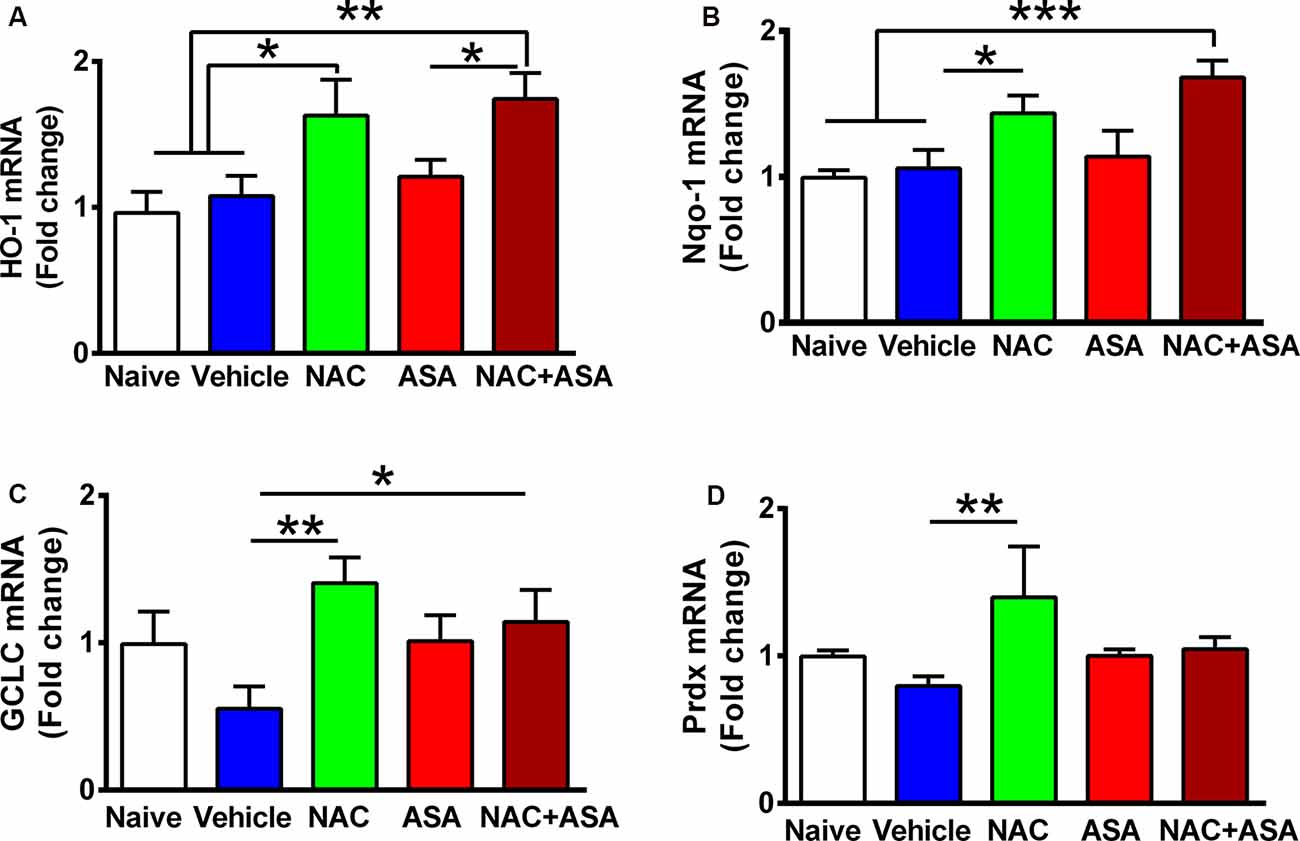


Previously, healthcare professionals treating paracetamol overdose were advised to assess for risk factors of hepatotoxicity such as chronic alcohol consumption, co-medications and poor nutritional intake. New simplified guidance on the treatment of acute paracetamol overdose with acetylcysteine is now in place, following an evidence-based review by the Commission on Human Medicines (CHM).

After this time efficacy falls substantially, affording only a very limited window of time in which to successfully prevent serious hepatotoxicity. Intravenous acetylcysteine is the antidote to treat paracetamol overdose and is virtually 100% effective in preventing liver damage when given within 8 hours of the overdose. The ability of NAC to enhance methylmercury excretion when given orally, its relatively low toxicity, and its wide availability in the clinical setting indicate that it may be an ideal therapeutic agent for use in methylmercury poisoning.Paracetamol overdose can result in liver damage which may be fatal. In contrast, excretion of inorganic mercury was not affected by oral NAC administration. When NAC-containing water was given from the time of methylmercury administration, it was even more effective at enhancing urinary methylmercury excretion and at lowering tissue mercury levels. Mice that received NAC in the drinking water (10 mg/ml) starting at 48 hr after methylmercury administration excreted from 47 to 54% of the 203 Hg in urine over the subsequent 48 hr, as compared to 4-10% excretion in control animals. The present study demonstrates that oral administration of N-acetylcysteine (NAC), a widely available and largely nontoxic amino acid derivative, produces a profound acceleration of urinary methylmercury excretion in mice. Treatment of methylmercury poisoning relies almost exclusively on the use of chelating agents to accelerate excretion of the metal. Methylmercury is a ubiquitous environmental pollutant and a potent neurotoxin.


 0 kommentar(er)
0 kommentar(er)
